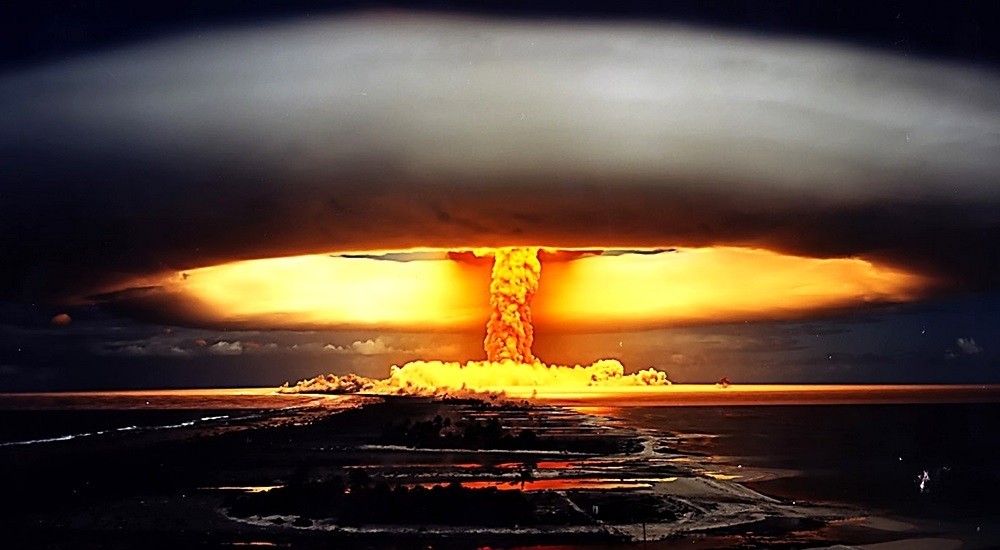
The bulletin cites “unchecked climate change, global nuclear weapons modernizations, and outsized nuclear weapons arsenals” that pose “extraordinary and undeniable threats to the continued existence of humanity. It was the first time we'd been that close since 1987. “The illusion that tens of thousands of nuclear weapons are a guarantor of national security has been stripped away,” the Bulletin says.ġ998- The clock moves to nine minutes-to-midnight after India and Pakistan stage nuclear weapons tests.Ģ015 - The clock moves to three minutes-to-midnight. Public Domain In 2015, board members made a bleak move by setting the minute hand on the clock from 5 minutes down to 3 minutes to midnight. “Only a few more swings of the pendulum, and, from Moscow to Chicago, atomic explosions will strike midnight for Western civilization.”ġ981 - The clock moves to four minutes-to-midnight after the Soviet Union invades Afghanistan and US President Jimmy Carter pulls the US from the Olympics in Moscow.ġ991 - The clock drops to 17 minutes-to-midnight as the Cold War officially ends and the US and Russia begin making deep cuts to their nuclear arsenals. “The hands of the Clock of Doom have moved again,” the Bulletin announces.

Some key dates in the clock’s nearly 70-year history:ġ953 - The clock comes the closest it ever has to midnight - just two minutes away - after the US and Soviet Union test hydrogen bombs. The last time it was three minutes to midnight was in 1983, when the Cold War between the United States and the Soviet Union was at its peak. It has changed 18 times since then, ranging from two minutes to midnight in 1953 to 17 minutes before midnight in 1991. The decision to move the clock or not is led by the a group of scientists and intellectuals, including 16 Nobel Laureates. “The fight against climate change has barely begun, and it is unclear if the nations of the world are ready to make the many hard choices that will be necessary to stabilize the climate and avert possible environmental disasters,” said Krauss. The decision not to change the clock since 2015 is “not good news,” he told reporters.ĭespite some positive news last year, including the Iran nuclear agreement and the Paris climate talks, experts expressed concern that global nuclear arsenals are growing and anti-pollution pledges lack teeth. Global warming, terrorism, nuclear tensions between the United States and Russia, concerns over North Korean weapons, tensions between Pakistan and India, and cyber threats remain destabilizing influences, said Lawrence Krauss, a cosmologist and professor at Arizona State University. Many other countries are also increasing their nuclear weapons arsenal.“It remains the closest it has been over the past 20 years,” said Rachel Bronson, executive director of the Bulletin of the Atomic Scientists, during a press conference in the US capital. And while President Obama signed a major, if controversial, deal to prevent Iran from obtaining a nuclear weapon, North Korea tested a nuclear weapon of its own earlier this month. Notably, tensions between the United States and Russia are fairly high, reminiscent of their Cold War-era levels the Bulletin is concerned that the two nations are unlikely to discuss any future arms control measures. The Bulletin scientists cited a number of reasons why the clock is staying right where it is. It's the closest the clock has been to midnight since the Cold War in the 1980s. since January 2015, when it was moved down from five minutes to destruction.

reports that members of the Bulletin of the Atomic Scientists announced Tuesday that they are keeping the world's so-called Doomsday Clock at three minutes to "midnight" - a metaphor for the end of the world as we know it.


 0 kommentar(er)
0 kommentar(er)
